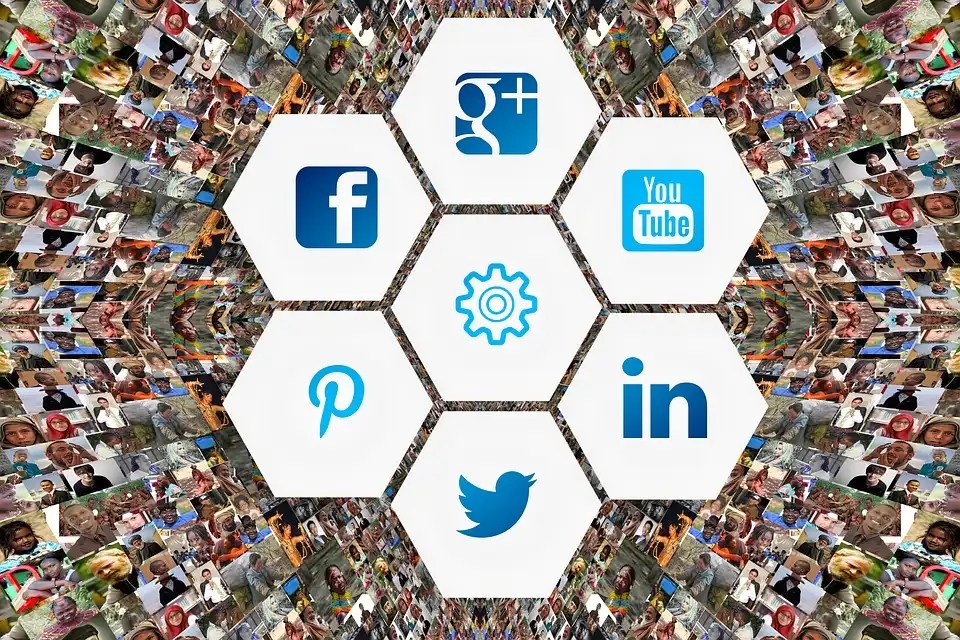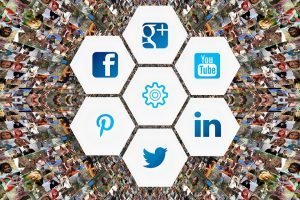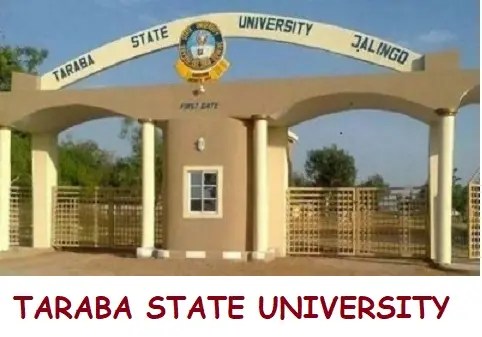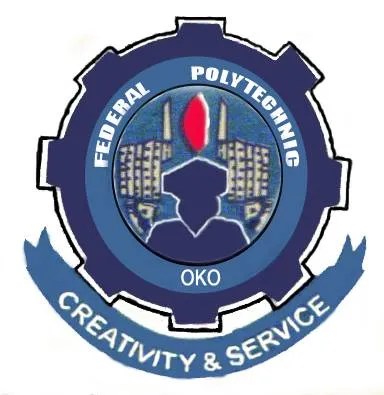
Communication is as old as humanity. Over time, the means of communication has evolved greatly from the stone age till date. If you read up the history and scope of mass communication, you would understand how this topic better as it talks about the evolution of mass communication till date.
In present day, there are various means by which we communicate, but for the sake of this article, we shall be discussing the various forms of media communication, the types of mass communication medium as well as the challenges faced by the new media otherwise known as the social media (Facebook, Twitter, Instagram), digital print media (blogs) and the internet community holistically.

In today’s contexts, communication media are further broadly classified into:
a. The Print Media, e.g. newspapers, magazines and books,
b. The Broadcast Media, e.g.radio, television and film,
c. The Interpersonal Media, e.g. telex and telephone, and
d. The Interactive or New Media, e.g. Internet.
We shall be discussing the above and some of the challenges they pose in details one after the other in clear terms for ease of understanding.
Types of Media Communication
a) THE PRINT MEDIA
The print media consist of newspapers, magazines and books. Newspapers are usually classified into daily newspapers and weekly newspapers. Magazines are usually weekly, monthly, quarterly and annual.
In Nigeria, publications are largely in English. There are few published in Nigerian languages.
According to a Nigerian mass communication teacher, Dr. Adesanoye, in his work on Mass Communication and Mass Media in Nigeria, more than 15 newspapers are at the moment published in Nigeria. One major challenge common to newspapers in Nigeria is that they are written in a language and style that are generally regarded to be above the competence level of most of their target reading audience.
Again, if we juxtapose this with the fact that the newspapers in Nigeria cater for different Classes of readers in one issue, then it might be enough to say that the print media might need to heed the advice of Daniel Defoe (in Ashe, 1972) who observed that a perfect style of language is that which a man speaking to 500 people of all common and varied capacities, idiots or lunatics excepted, should be understood by them all.
In other words, the print media should use, or write in, a language that various categories of the mass readers, no matter their competence levels, should be able to understand. This would make the print media true mass media of information.
b) THE BROADCAST MEDIA
The broadcast media in Nigeria are largely owned by the government, while a few are wholly owned by private individuals.
It is assumed by many scholars that the broadcast media, being largely owned by governments, would be engaged purposely and unambiguously in the task of mobilizing the rural population for development purposes.
Two key objectives enunciated at the inception of the Nigerian Broadcasting Service (which metamorphosed into the Federal Radio Corporation of Nigeria) are:
To provide opportunities for the free, enlightened and responsible discussion of important issues and to provide a two-way contact between the public and those in authority.
To provide special broadcasting services in the field of education and in all other areas where national policy calls for special action.
These objectives, according to Adesanoye, are not being met because radio programmes in Nigeria are largely designed for urban dwellers. Television broadcasting is largely elitist in nature (that is, it tends to be directed at the well-to-do of society)
The attributes of television include its:
- Immense personal and graphic impact on its viewer
- Interactive and interpersonal potentials
- Ability to transport the audience to the scene of the event
- Ability to enable its audience to experience emotion and involvement with the event.
Differences Between Television Broadcasting and News Reporting;
It is necessary to depict some distinguishing points in the work of the newspaper and broadcast media, especially television. This is because the newspaper and television appear to be the most persuasive media in societies like Nigeria’s.
The following are a few differences:
- The time element. While the television newscaster is dependent on limited time, the newspaper reporter has a stretchable space in the newspaper.
- The television person takes into account the audience’s attention span while the newspaper reporter does not have to.
- The television newscaster selects news items that would interest people and broadcasts them within the time frame allowed. This is not the case with the newspaper person.
- Modern trends have increased the use of first-hand, on-the-spot, real-time reporting of a story directly from the scene of news on television.
Interpersonal Media:
This form of communication has a unique feature which is communication between two (2) people. Though the conference calling in recent times has defied this known characteristic however, the most popular form of interpersonal media is an exchange of information between two or more people.
Interpersonal communication is often defined as communication that takes place between people who are interdependent and have some knowledge of one another and a perfect example is communication between close friends, an employer and an employee, two brothers, a teacher and a student, two love birds and the likes.
In as much as interpersonal communication is most often between pairs of individuals, it can also be extended to include small intimate groups such as the family and this is where conference calling comes into play. Here, a group of closely knitted friends or family can be connected to one network by one of the callers who would serve as the administrator of the call.
d) THE NEW MEDIA
Today, interactive media have changed the interface of mass communication. The source and the audience have been merged. This has occurred through:
Massive enthusiasm and creative boom inherent in a dynamic new society;
- Facilities for instantaneous feedback;
- Increased involvement and active participation, facilitated by ease of operation;
- Extended media with the qualities of face-to-face media;
- Promotion of exchange of free communication; and
- Blending of roles across the world.
Unprecedented and fast advancement in media technology has tended to merge the functions of:
- The Writer/Author/Presenter,
- The Producer, and those of
- The Editor.
This has also taken broadcasting to the “magical stage with Interactive Television and Personalized Broadcasting.
The Microsoft WebTV Networks, for instance, integrates the television Internet, which allows customers to get access to the World Wide Web, e-mail and other interactive experiences outside the traditional cable or satellite services.
Another media innovation is what is called “Ultimate TV” – which consists of a setop box and modified computer keyboard, along with the satellite TV service. The television set then becomes a VCR, an ISP, an e-mail programme and a TV, all in one service.
Going by the way new multi-media access devices are being developed Ultimate TV, which I would like to describe as an “apparent wonder”, will soon be overtaken by a “smarter” facility!
Other great possibilities already being exploited are the Digital TV (DTV) and the Computer Media Communication (CMC) system.
CLASSIFICATION OF THE NEW MEDIA (SOCIAL MEDIA)
A general classification consists of:
i. Search Engines,
ii. Blogs,
iii. Chats/Forums,
iv. Video,
v. Mobile/Hand-held Devices, and
vi. The Internet.
Social Media Networks
These are also referred to as Social Media Networks:
- The Internet,
- Search Engines, e.g. Google
- Social Media, e.g. Facebook, YouTube, Twitter, Flickr and so many more!
Imperatives of the New Media
The great strengths of The New Media lie in their being:
- Interactive;
- Immediate;
- Massive;
- Cheap;
- Able to give Instant Feedback/Response/Reaction, and
- Almost limitless in e-mail marketing opportunities.
Challenges Posed by the New Media
The undeniable implications of the force of the New Media are identified in the following:
- The media structure has changed dramatically, and, some say, permanently;
- The average citizen is now endowed with the power of the mass media (because he or she is now empowered to report and disseminate information on his or her own);
- Exposure and invasion of privacy; and
- The ease of being liable to abuse.




